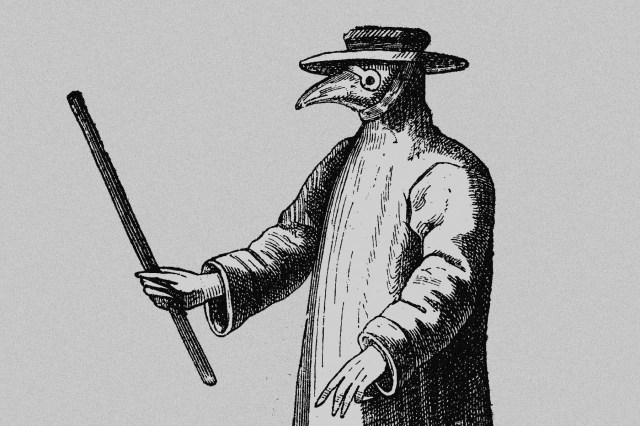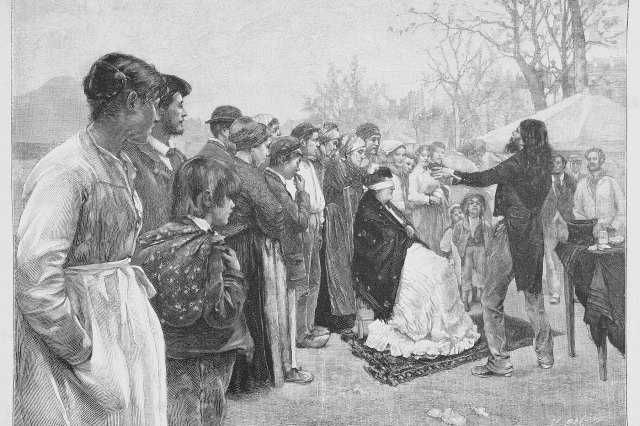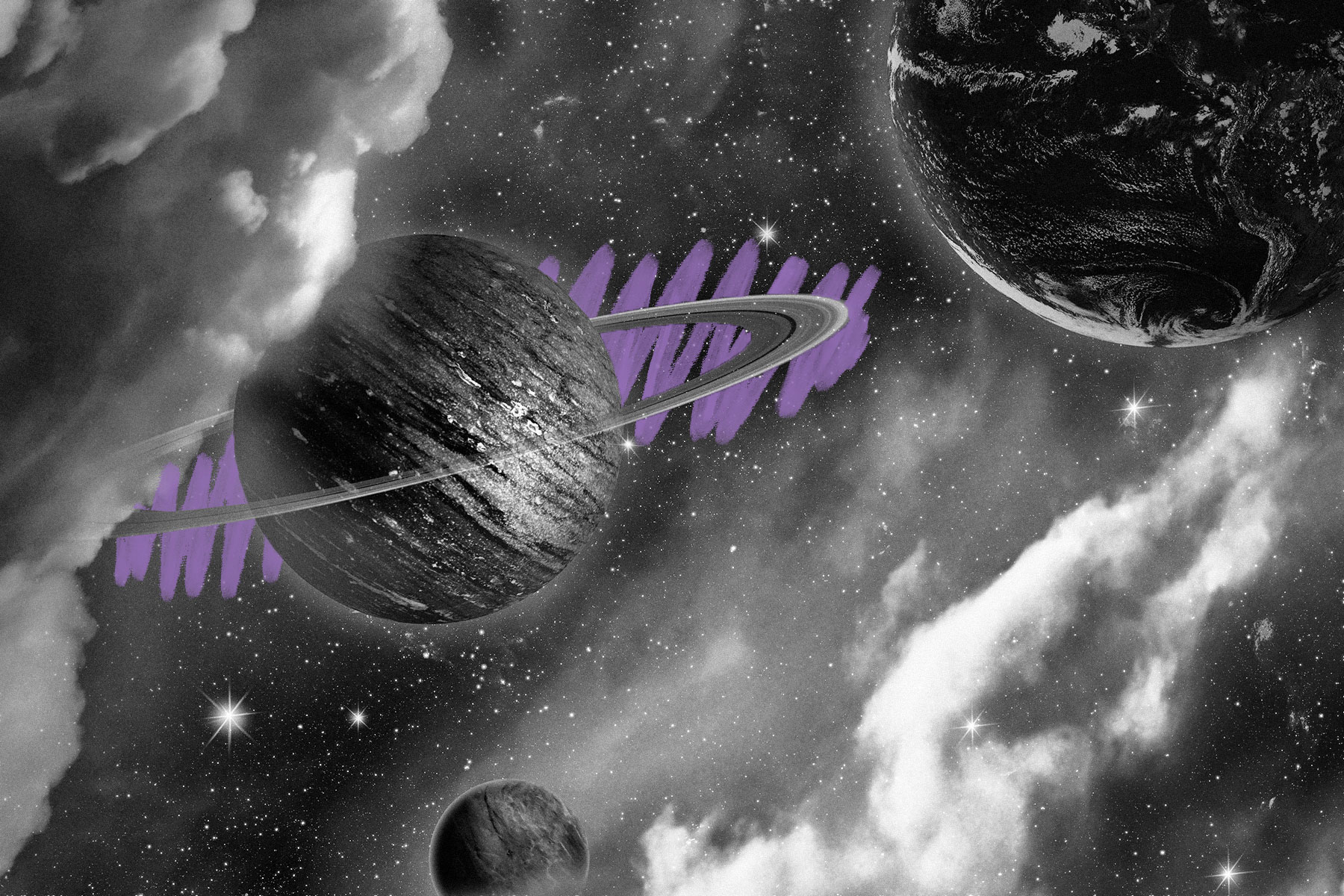The planet Uranus was originally named “George’s star.”
In 1781, astronomer William Herschel discovered the planet we know today as Uranus, though the celestial orb nearly had a much more regal name. Herschel, who lived in Britain, proposed naming his new find “Georgium Sidus,” Latin for “Georgian star,” in honor of England’s reigning monarch, King George III. However, his suggestion was met with pushback within the scientific community, particularly from astronomer Johann Elert Bode, who noted that the name “George” didn’t quite mesh with the mythological-based names of the other planets. Instead, Bode put forward the name “Uranus,” the Latin form of the Greek word “Ouranos.” In mythology, not only is Uranus the Greek god of the sky, but Uranus’ Roman counterpart, Caelus, is Saturn’s father. Given those fitting associations, scientists adopted Bode’s suggestion in lieu of Herschel’s initial proposal.
Uranus’ 27 moons have a fascinating etymological history of their own, as all are named after characters from the works of William Shakespeare and Alexander Pope. In 1787, Herschel discovered the moons Titania and Oberon, named after the king and queen of the fairies from Shakespeare’s A Midsummer Night’s Dream. Other Uranian moons include Miranda, Stephano, and Trinculo, all characters from Shakespeare’s The Tempest. And in 1851, astronomer William Lassell discovered two additional moons that he named Umbriel and Ariel in honor of Alexander Pope’s poem The Rape of the Lock. The name “Ariel” also applies to a character in The Tempest, meaning that either 24 or 25 of Uranus’ moons are named after Shakespearean characters specifically, depending on how you view it.
You may also like
Recommendations For You
-
01.
 Science & Industry
Science & IndustryWhy Did Doctors Wear Beak Masks During the Bubonic Plague?
-
02.
 Science & Industry
Science & Industry5 Inventions That Came Out of the Great Depression
-
03.
 Science & Industry
Science & Industry6 Amazing Breakthroughs Made by the Ancient Greeks
-
04.
 Science & Industry
Science & Industry6 Shocking “Scientific” Beliefs From Victorian England











